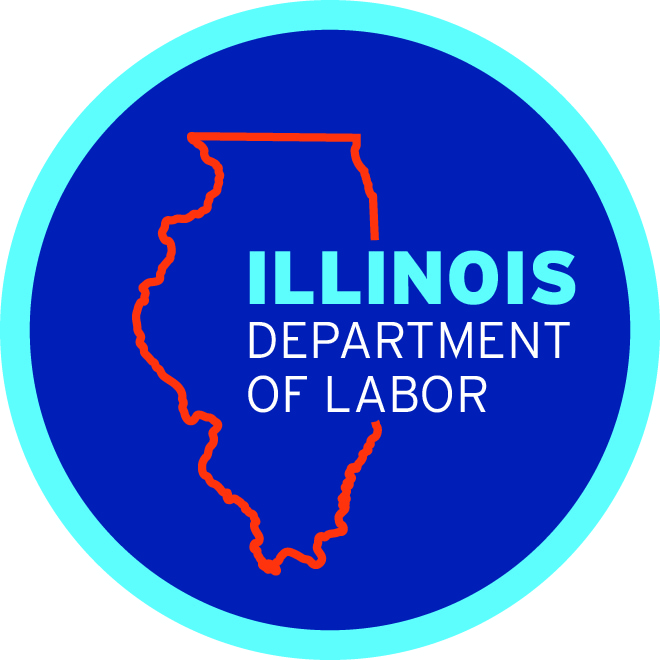Press Releases
Illinois Department of Labor Urges Caution to Avoid Carbon Monoxide Poisoning in the Workplace
SPRINGFIELD -- Winter brings plenty of cold weather challenges with ice, snow, cold and shorter days. It also brings a heightened threat of workplace carbon monoxide (CO) exposure and poisonings.
According to the Centers for Disease Control and Prevention, most carbon monoxide poisoning cases occur during the fall and winter months. While home furnaces and heaters are responsible for many victims of carbon monoxide poisoning, it is also a threat in the workplace.
Carbon monoxide occurs from the incomplete combustion of fuels such as natural gas, gasoline, propane, coal or wood. According to the Occupational Safety and Health Administration (OSHA), one of the most common sources of CO exposure in the workplace is from internal combustion engines, such as running automobiles, forklifts or generators.
"Any workers who must work around running engines should take precautions and should know the early signs of carbon monoxide poisoning," said Illinois Department of Labor Director Michael Kleinik.
When CO is breathed it displaces oxygen in the blood, depriving vital organs of needed oxygen. High concentrations can cause a person to lose consciousness quickly and suffocate. But even with lower concentrations, carbon monoxide can be dangerous over time. Early signs of CO poisoning can include a tightness in the chest, fatigue, headache, drowsiness and nausea.
The list of workers who may be at risk of carbon monoxide poisoning is long - welders, firefighters, forklift operators, police, taxi drivers, warehouse workers, toll booth attendants to name a few. The common thread is exposure to vehicles or machines capable of producing carbon monoxide.
For example, in manufacturing and warehouse settings, workers often are exposed to industrial vehicles such as forklifts, which can create CO in excess of the OSHA permissible exposure limit of 50 parts per million. This is especially true if the vehicles are not properly maintained.
Just this week, Illinois Workplace Safety and Health consultants visiting a workplace that used propane-powered forklifts measured levels as high as 90 parts per million. The consultants worked with the facility to rectify the situation, including recommendations on proper maintenance and installation of CO monitors.
Aside from regular maintenance of equipment, OSHA makes several other recommendations to reduce the chance of CO poisoning in the workplace:
• Install an effective ventilation system to remove CO from the work area.
• Prohibit the use of gasoline powered tools and engines in poorly ventilated areas.
• Consider converting from gasoline-powered equipment to equipment powered by electricity or batteries when possible.
• Test air regularly and provide personal CO detectors for workers in areas where carbon monoxide exposure is possible.
• Educate workers on the dangers of carbon monoxide poisoning and the symptoms and control of CO.
If you suspect CO poisoning has occurred, immediately move the victim to an open area with fresh air. Call for medical assistance and if available administer 100 percent oxygen if the victim is breathing. Carbon monoxide poisoning can be reversed if caught in time but avoiding or eliminating the threat is the best solution.
For more information on IDOL's free Workplace Safety and Health Consultation program visit www2.illinois.gov/idol/Laws-Rules/safety/Pages/default.aspx
Press Releases

